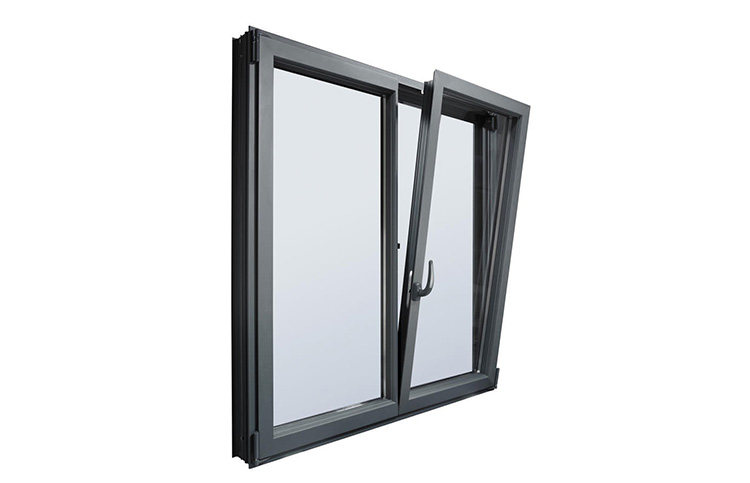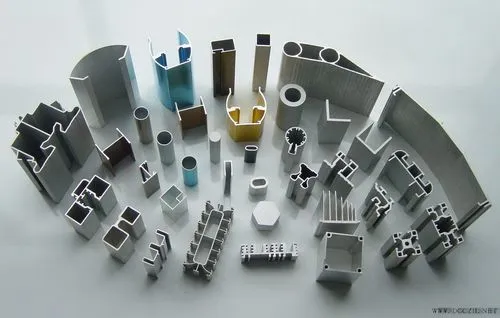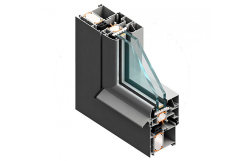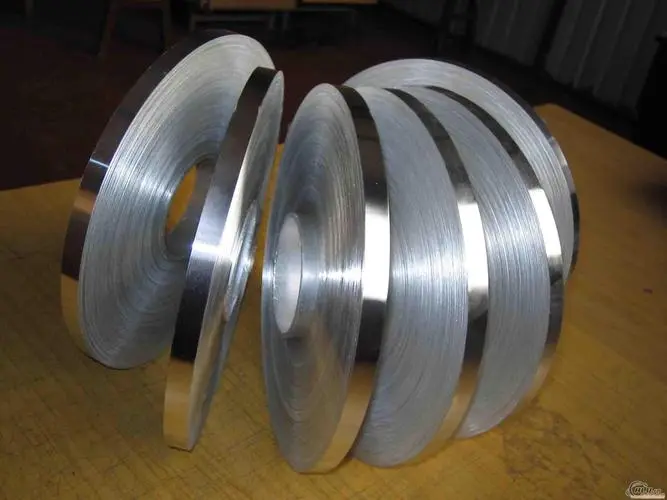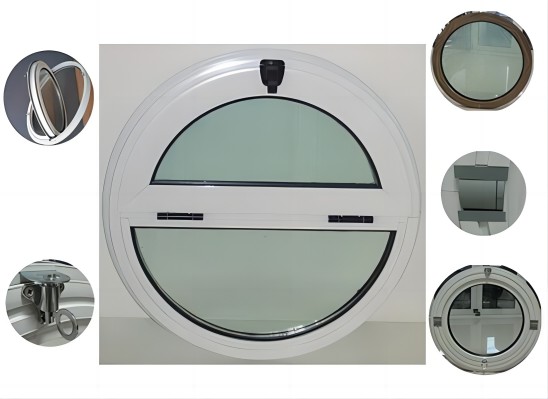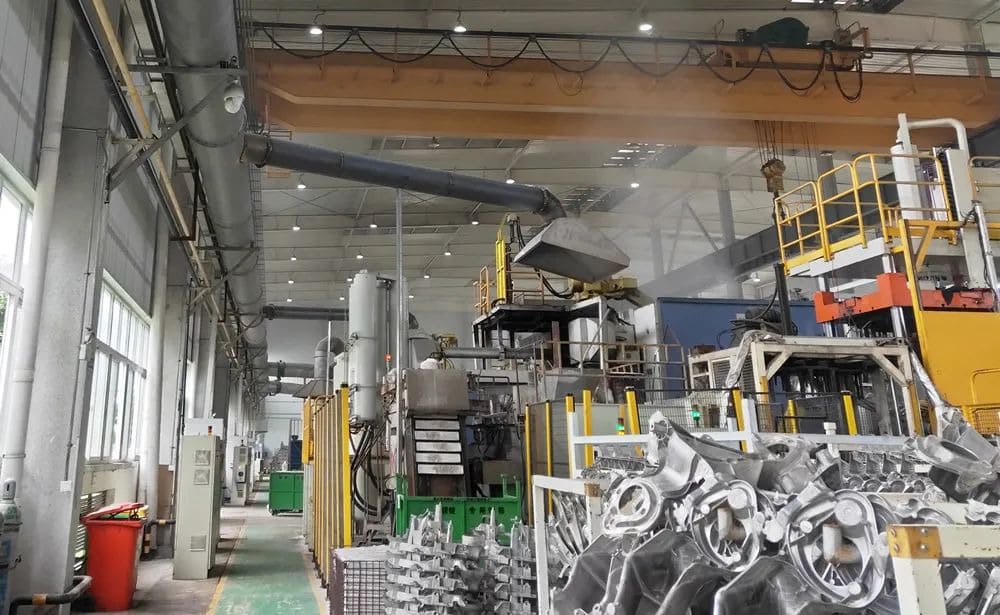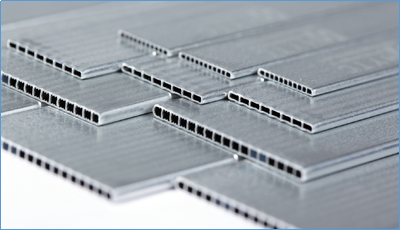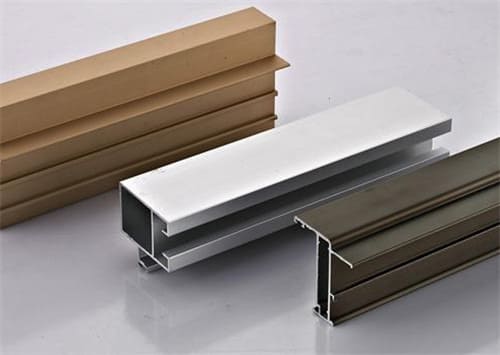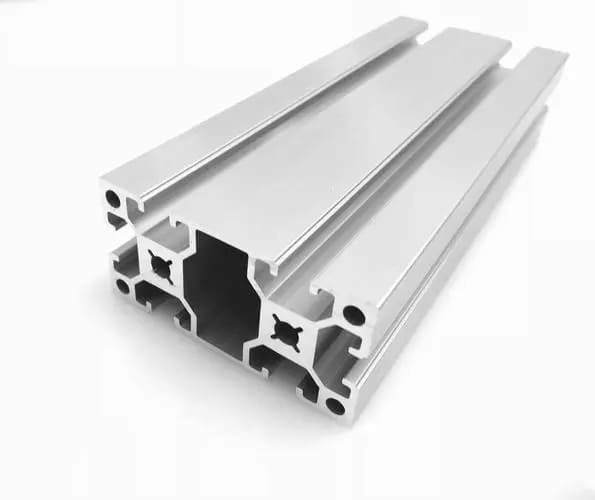As for cans, there are 2 types of cans: aluminum cans and iron cans. The output of aluminum cans in China has reached 55 billion, with an average of 40 per capita per year. Thus, aluminum cans are indeed very popular. Today, this article will introduce the advantages and treatment process of aluminium cans.
What are aluminum cans?
The task of aluminum cans that are made of aluminum coils is to hold beverages. The 355ml aluminum cans sold in most parts of the world are cylindrical and about twice as tall (12cm high) as wide (6.5cm diameter). If the aluminum cans are made shorter and fatter, a lot of aluminum can be used less. For example, a cylindrical aluminum can with a height of 7.8 centimeters and a diameter of 7.6 centimeters has the same capacity as the current standard can, but it can use nearly 30% less aluminium.
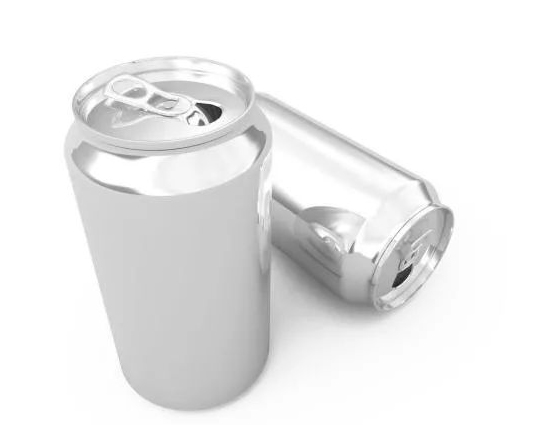
2 Advantages of Aluminum Cans
In this article, 2 advantages of aluminum cans are based on the comparison of aluminum cans and PET plastic bottles.
- The aluminum cans are sealed, and the plastic bottle is breathable. Therefore, aluminum cans are an inevitable choice for beer beverages except for glass bottles. PET plastic bottles will cause the beer to deteriorate. The cost of glass is high and the weight is heavy. High-end carbonated beverages also use aluminum cans, and the CO2 of PET is easy to lose, and the taste is poor. Therefore, the use of aluminum cans is necessary.
- Aluminum cans are not easily oxidized, have low density (1/3 of steel), and have high strength (compared to plastic and glass). So the recycling cost of aluminum cans is lower and the recycling quality of aluminum cans is higher than plastic and glass. The primary recycling rate of aluminum cans in China is 99%, which is the highest in the world (85% in the United States, 92% in Japan, and 98% in Brazil). The reason is that China has a large number of hard-working waste pickers, so aluminum cans are also environmentally friendly. But aluminum cans can only be recycled into 3-series aluminum alloys or cast aluminum alloys, and cannot be reduced to 5-series aluminum alloys (raw materials for can lids and bottoms). Thus, after recycling, they will be lowered for use. However, in the future, the recycling quality of aluminum cans will be further improved to achieve low-cost recycling. However, since plastics will break and hybridize the polymer chains every time they are recycled, they cannot be recycled indefinitely, and they will eventually be downgraded and used, which will lead to more environmental pollution.
The standard process for surface treatment of aluminum cans
- Pre-clean aluminum cans for about 25 seconds.
- Degrease aluminum cans for about 60 seconds.
- Wash with water for about 30 seconds.
- Passivate aluminum cans for about 30 seconds.
- Wash with pure water for about 30 seconds.
Auxiliaries that may be used in the surface treatment process of aluminum cans are a Neutral degreasing agent and a Chromium-free passivator.
- Neutral degreasing agent: pure neutral without damaging the luster of the workpiece, extremely low aluminum consumption, environmentally friendly, and efficient.
- Chromium-free passivator: Chromium-free and environmentally friendly, with good binding force.

